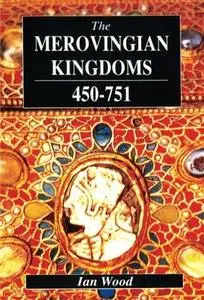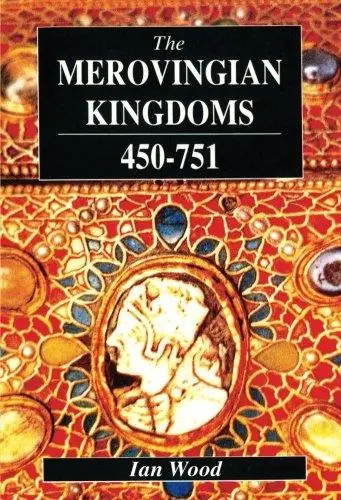The Merovingian Kingdoms 450 - 751 By I. Wood
1995 | 405 Pages | ISBN: 0582493722 | DJVU | 4 MB
1995 | 405 Pages | ISBN: 0582493722 | DJVU | 4 MB
The centuries immediately following the collapse of Roman rule in what is now France are an extraordinarily tangled time that is frequently dismissed as no more than a chaotic prelude to Charlemagne and the Carolingian Dynasty. Ian Wood's aim is to demonstrate that there was more to Merovingian France than fratricidal kinglets, murderous queens, corrupt bishops and otherworldly monastic saints. While he does not make the era completely comprehensible and demands close attention from the reader, his effort is enlightening and informative.Chronologically the work ranges from the establishment of "barbarian" rule in Gaul to the deposition of the last, powerless "long-haired king" of France. The family that gave its name to the period, supposedly descended from a sea monster's son named Merovech, came into prominence under Clovis, under whose leadership the Franks gained a dominant position in Gaul during the last years of the Fifth Century.Upon his death Clovis divided the Frankish domain among his sons, setting a pattern that was to bedevil Merovingian history. Though occasionally brought together by a strong or lucky monarch, the realm thereafter was typically divided into two, three or four parts, among which the normal relationship was a state of suspicious peace or outright war. Wood does not regard these divisions as quite so debilitating as contemporaries thought. He goes so far as to put forward the paradox that civil war was one of the institutions that held France together! He also contends that such turmoil did not prevent the Merovingians from playing a major, albeit underrated, role in Great Power politics.Eventually, the kings lost their political authority to officials known vaguely as "maiores palatii" ("great men of the palace"). The changeover began in the 660's and accelerated rapidly in the following century. It is a puzzling development, and the most serious gap in Wood's analysis is his failure to probe why it occurred, notwithstanding detailed attention to the careers of such famous maiores as Grimoald, Ebroin, Pippin and Charles Martel.The author approaches this complex history through an ingenious combination of narration and description. His method is to take up each major topic at the chronological point where it is best documented or had the greatest historical impact. For instance, the lifetime of the bishop-historian Gregory of Tours is the occasion for discussion of the organization of the Frankish church, while the progress of monasticism comes a few chapters later, anchored on the life and work of St. Columbanus. Still later, St. Boniface is the hook for an account of mission work among the pagan peoples east of the Rhine. The arrangement is not perfect, but it gives a less static picture than a purely topical presentation and relieves the reader of some of the work of synthesizing facts scattered across time.The author assumes that his audience possesses a moderate prior acquaintance with early French history. For instance, he takes for granted knowledge of why it was significant the Clovis became a Catholic rather than an Arian, and he mentions (in passing) where Austrasia and Neustria were located long after his first use of those geopolitical terms. Nor can he be accused of squeezing excessive drama from his material. A crisis like the murder of Childeric II, along with his queen and a couple of high-ranking churchmen (675), is handled as drily as the will of the wealthy Bishop Bertram of Le Mans (d. 613). A novice may well find himself bewildered and bored. On the other hand, expertise is not necessary, only a reasonable quantity of background data.For the interested, attentive and patient student, "The Merovingian Kingdoms" does an excellent job of piecing together fragmentary sources into a usable picture of an important, but often neglected, region during the transition from Late Antiquity to the Middle Ages.



